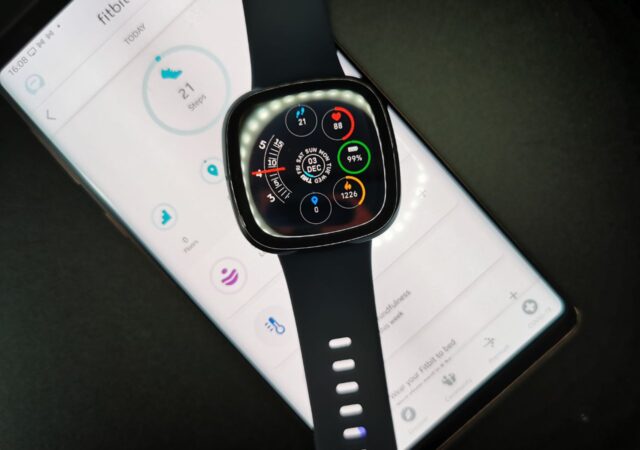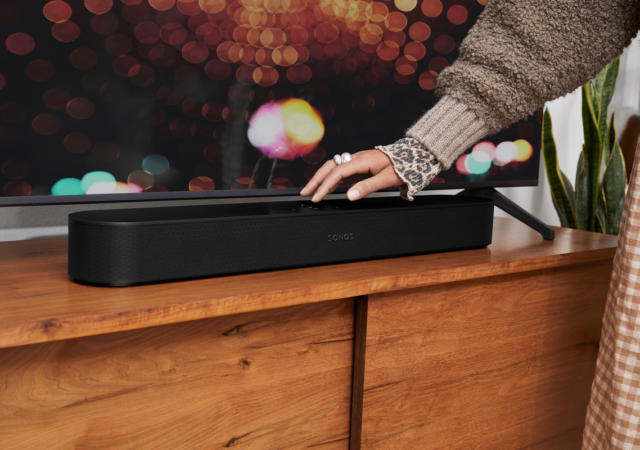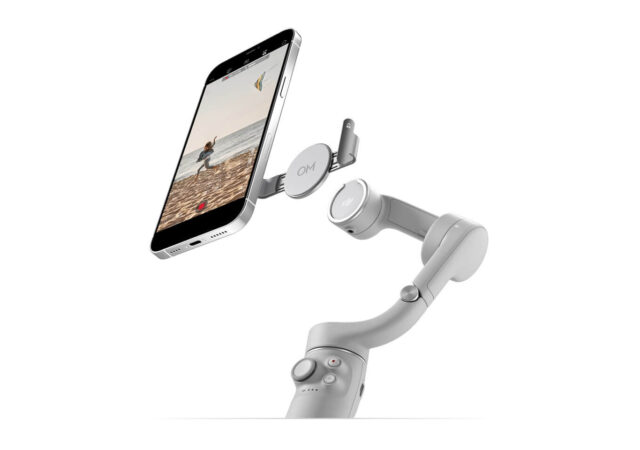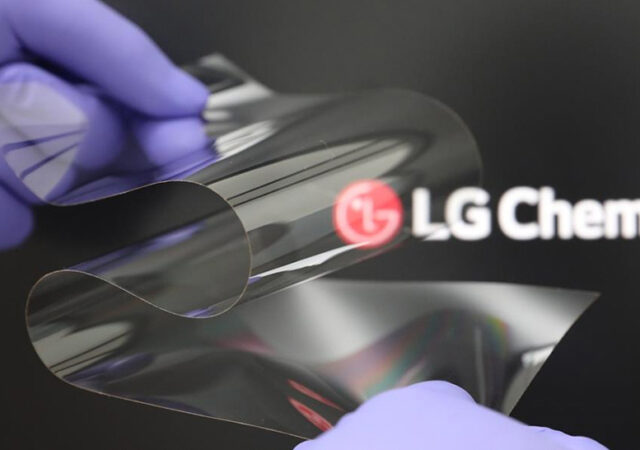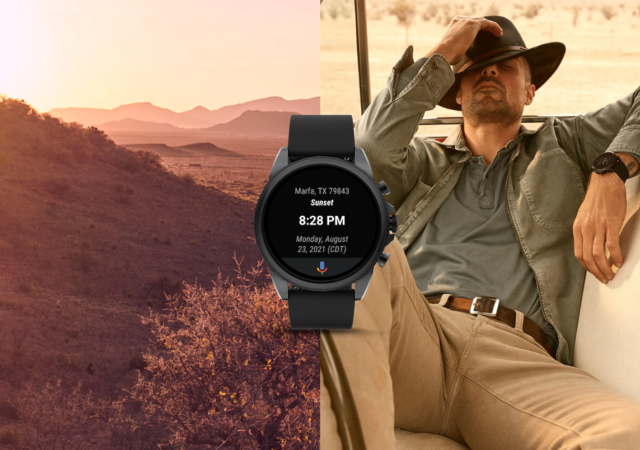Fitbit introduces a new feature to the Fitbit Versa 3 and Fitbit Sense: snore detection which will enable users to track if they are snoring in their sleep.
Apple Ups the Ante with New Apple Watch & Fitness+ Expansion
Apple introduces the Apple Watch Series 7 with new enhancements and features. It’s also expanding the availability of Apple Fitness+!
Google One Introduces 5TB Storage Plan
Google One introduces the 5TB storage plan to sit between the 2TB and 10TB storage packages at US$ 25 a month onward.
DJI Launches the DJI OM5 – Mobile Film Making Just Got A whole Lot Better for MYR 689
DJI launches the new OM5 portable smartphone gimbal with extension rod for more silm making options for independet content creators.
LG Develops the ‘Real Folding Window’, a Folding Glass Beater, Coming to Smartphones in 2023
LG announced their new flexible ‘glass’ technology, the “Real Folding Window” to protect next generation folding displays in 2023.
Fossil Watches Lose Face in New Update
Fossil Gen 5, Gen 5E and Gen 5 LTE smartwatches unexpectedly lose a good number of smartwatches after an update.
Switching Between iOS and Android is Painless with WhatsApp Now.
WhatsApp is rolling out new tool to make migrating platforms more painless on both iOS and Android beginning with Samsung devices.
Qualcomm Snapdragon Sound Brings aptX Lossless
Qualcomm announces a new aptX standard coming to aptX Adaptive – aptX lossless. The new standard comes as part of Snapdragon Sound.



